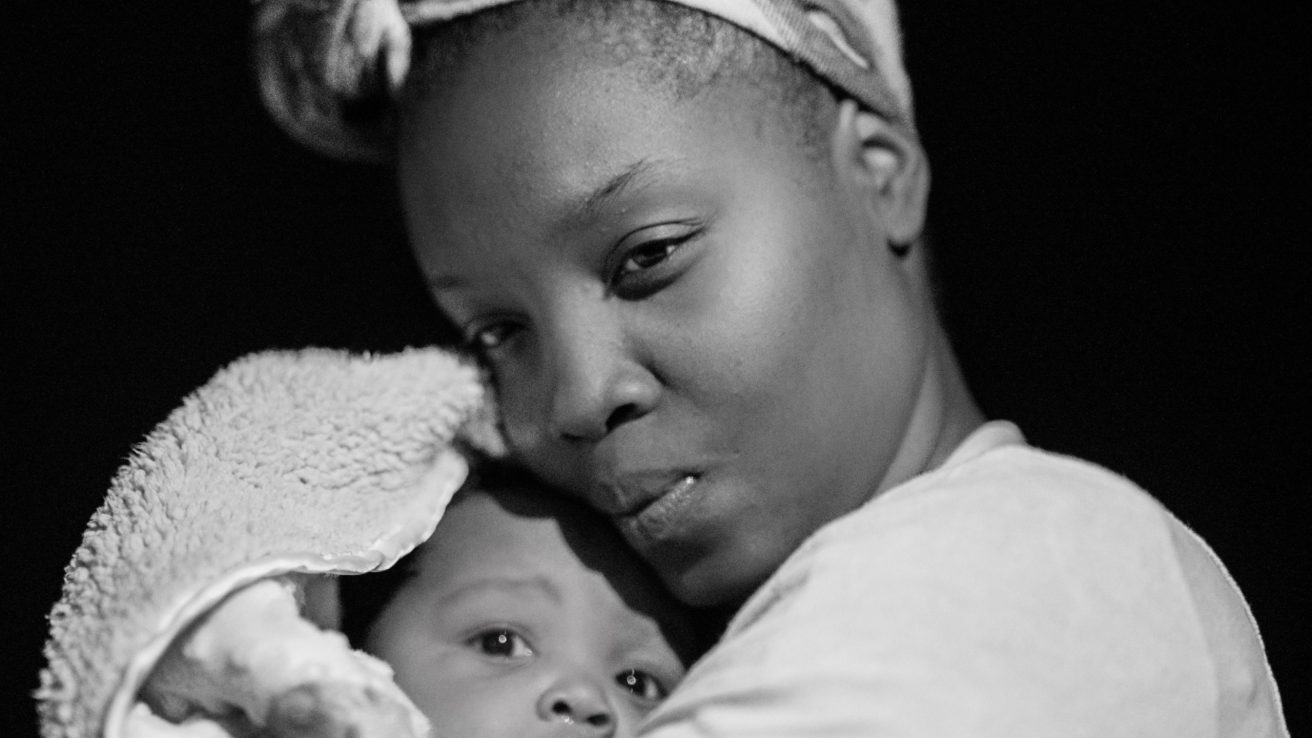This year, it is estimated that 14,100 women will be diagnosed with invasive cervical cancer in the United States [1]. When compared to non-Hispanic white women, African American women have a significantly higher rate of cervical cancer and a higher death rate from cervical cancer. These statistics call for a deeper understanding of why a racial disparity exists in preventing cervical cancer.
Why Does a Racial Disparity Exist in Preventing Cervical Cancer?
A study published in the Journal of Cancer Education assessed the differences in HPV-related attitudes, knowledge, and beliefs between non-Hispanic white women and African American women. Data were obtained from the National Cancer Institute’s 2014 Health Interview National Trends Survey.
A total of 3,742 questionnaires were mailed to women 18 years old or older, with a 34.4% response rate. It was found that African American women were less aware that HPV causes cervical cancer. Moreover, only 25% of Black women or their family members were recommended the HPV vaccine by a healthcare professional. In addition, the study found that Blacks were more likely than non-Hispanic whites to trust information about cancer from family members, television, government health agencies, and religious organizations [2].
Another study conducted in Minnesota assessed responses from 45 Black women by asking them to participate in one of eight focus group sessions. Results were similar to those of the aforementioned study. Barriers to cervical and breast cancer screening included a lack of cancer knowledge, including risk factors and screening options, socioeconomic factors, lack of trust in doctors involved in clinical research, and reliance on religious practice in place of medical intervention [3].
Addressing the Issue
Knowing the reasons behind the racial disparity in cervical cancer prevention is a first step in overcoming it. Research supports African Americans having a trusting relationship with their church and family.
One approach to consider is asking a Black faith-based leader to share educational information about cervical cancer risks and prevention methods. Additionally, more effort should be made in gaining the trust of African American female patients through preferred communication outlets and maintaining a trusting patient-provider relationship.
Sources:
[1] Cervical cancer – statistics. (2022, February 16). Cancer.Net. https://www.cancer.net/cancer-types/cervical-cancer/statistics#:%7E:text=This%20year%2C%20an%20estimated%2014%2C480,diagnosed%20with%20invasive%20cervical%20cancer
[2] Ojeaga, A., Alema-Mensah, E., Rivers, D., Azonobi, I., & Rivers, B. (2017). Racial disparities in HPV-related knowledge, attitudes, and beliefs among African American and white women in the USA. Journal of Cancer Education, 34(1), 66–72. https://doi.org/10.1007/s13187-017-1268-6
[3] Sage, S. K., Hawkins-Taylor, C., Crockett, R. A., & Balls-Berry, J. E. (2020). “Girl, just pray . . .”: factors that influence breast and cervical cancer screening among Black women in Rochester, MN. Journal of the National Medical Association, 112(5), 454–467. https://doi.org/10.1016/j.jnma.2019.02.006










